One thing is certain that the sensitivity of human beings, even any organic being including plants, has some latent potentiality to interact with music. It is due to the sensuous movement and vibration of the air around us irrespective of its verbal content. Music is the language and art of sound; dance the language and art of body; painting and sculpture the language and art of visual faculty. These are not mere sensational experiences, instead, are the rhythmic vibrations of the cosmos which are spiritual and cultural in meaning.
Movement and rhythm, space and time are both inner and outer experiences any organic entity can feel. The systematic organization of anything automatically creates a sense of rhythm that can be audio, visual, tangible or intangible. Organic is this particular sense, which in a number of manifestations expresses the inner balance of existence. From the highly sophisticated mathematical formula to the melody and symphony, this experience is felt to anybody who has a sense of feeling for rhythm.
The historical evolution of music in any country is a slow process very often, but it can be traced from the age-old tribal roots of the ‘first people’ of any country. Additional components have been added to it systematically without being aware of it sometimes, but all such improvisations are the stages of growth in any art. Body language (dance), instrumental accompaniment, verbal expressions etc. cannot be separated after a particular stage of development of music of any country. Each composition creates theoretical and performance aesthetics when it is rendered at each time and place. The division such as folk and classical does not have much significance to individuals/ societies with a specific emphasis on their culture and environment. Being a continuous process each art form has grassroots relation with the so-called folk idiom which has been given, knowingly or unknowingly, refined rendering/text to make it finer every time.
SYSTEMS
Each art form becomes a system, but every system is interrelated. In the first century BC., Vitruvius had found out the aesthetic relation between music and architecture. During the same period, Horace theorized the aesthetic dimension of poetry and painting. During the Renaissance, it was Alberti (15th C, Italy) who extended that theory to create the important language of perspective in architecture and painting.
Does the division of art into representational and non-representational has any significance in the 21st century when almost all theories of art tend to abstraction in character? Even the conformist concept of representation was not valid for music from the 17th & 18th centuries onwards in the West, and from church choir to chamber music it transformed creating a new universe of experience, mood, and emotion. Beethoven’s symphonies dealt with the abstract mood of human and natural existence. The romanticism of the 18th & 19th centuries had contributed a lot in the field of all arts in the West because it was the Romantic Movement that declared freedom as the aim of art which consequently was given political and social dimensions in the French revolution.
The logical and aesthetic study of different arts can show the interrelationship among art forms, which is nothing but reflections of the time and space as well as the context of the concerned arts. Even those arts the kings, temples, churches, and lords promoted in olden times had their own patterns because the system was ruled by the aesthetics propagated by the scholars who shared the royal atmosphere. But at the same time the tribal art, far away from the culture of royal patronage, and the so-called scholarly discourses showed the real naivety of expression without any burden of aesthetic theories and arguments and counter-arguments. Music, dance, visual arts, body/face painting etc. are structured forms that are codified signs of their culture which no one can deny as they are the imprints of the traditions they are practicing. Though we may agree that the division folk and classical is absurd, it is sensible if we place these in the background of the culture of the people who practice it. As no art can have segregated existence from its history and heritage each art form shows its identity manifesting its traditional correspondence with the other art forms also.
All forms of Western arts that matured through the Greek tradition had a value of antiquity that got emphasized after the Roman empire became powerful in the 1st and 2nd centuries AD and later during the Renaissance period. It was the harmony of ratio and proportion in visual art that showed aesthetic maturity in sculpture, architecture and painting of the West through the works of hundreds of artists. Almost a linear history can be traced from the Renaissance to the Romantic/Realistic period of the 18th & 19th centuries. In literature, the novel became a strong medium in which the life of the poor and common people replaced that of the kings, lords and the upper class.
By the second half of the 17th century, when opera developed music, theatre, dance and artificial light, the traditional and new elements mixed together to create a composite atmosphere of dramatic coherence. The 18th century Western music was dominated by a kind of contrast between church music, chamber music and secular music as a result of which the music became international, different from its previous provincial existence. Along with this, the vocal and instrumental music also were mixed and a new ground of music emerged showing both simplicity and complexity of the union of harmony and symphony. When the vocal music was added to symphony the social ideals automatically entered into it as a part of the process while the erstwhile church aristocracy and royalty started becoming weak. Social empathy, social criticism, rational attitude, cultural perspective etc. became subjects of music along with traditional and folk musical phenomenon.
Rousseau, Kant and others theorized that all forms of art tend to music. The romanticism of the 19th century became the art movement of the mainstream. The idealism of Hegel, the musical explorations of Beethoven, Mozart, Wagner and others included moods of music to create a new world of experience other than the conventional ideas of instrumental music. The 20th century was more revolutionary with African and aboriginal musical elements. As a result of the eclecticism of ethnomusicology, historical musicology, jazz music, performance music, feministic music etc, unlike the previous centuries, music became a weapon of political uprising in many countries.

VISUAL ART
While music gives an audio experience that touches the feelings and emotions of the people, the visual art creates a perceptual world of two dimensional and three-dimensional phenomena that construct a wondrous visual layout excelling the nature itself. The difference between the language of real nature and that of visuals is that the latter is a derived one from the former to create an astonishing effect of sensation that is more imaginative than the real nature. Then, can the visual language be an artificial one? Any language of art is artificial; it is more psychological, perceptual and aesthetic in nature and spirit. The visual language is virtual, perhaps more factual than its outward appearance, and so it is nearer to the essence of its truth.
Such definitions are more romantic, abstract and even obscure and hence the modern thinkers of art very objectively define art as a perceptual space where artist imposes his/her impressions in his/her medium. When music exists in time, perceptual expressions in painting and sculpture are in space alone. Cinema, theatre and dance combine space and time together to create very complex effects of experience. The co-occurrence of events in space and time of the arts of cinema, theatre and dance makes these forms versatile, and from the beginning, they have been attracting the people because of their movement in time, and also the systematic movement of the body of performers.
It was through the illusion of 3-D space and time the Renaissance art burst through the barriers of the space-time phenomenon by using geometry and perspective. Art became geometrical in a sense and the scientific aspects of spatial articulation became so mathematical that the Renaissance painting showed the beauty of imagination and the grace of the mathematical/ geometrical precision. Adding the third dimension by way of illusion, the distance in the pictorial plane could be shown by articulating geometry scientifically and aesthetically. The artists of the Renaissance fulfilled the centuries-old ambition of the artists to conquer the space and reality on the pictorial plane about which even Plato talked about in his theory of mimesis. Without geometric optics, painters could not have achieved the result.
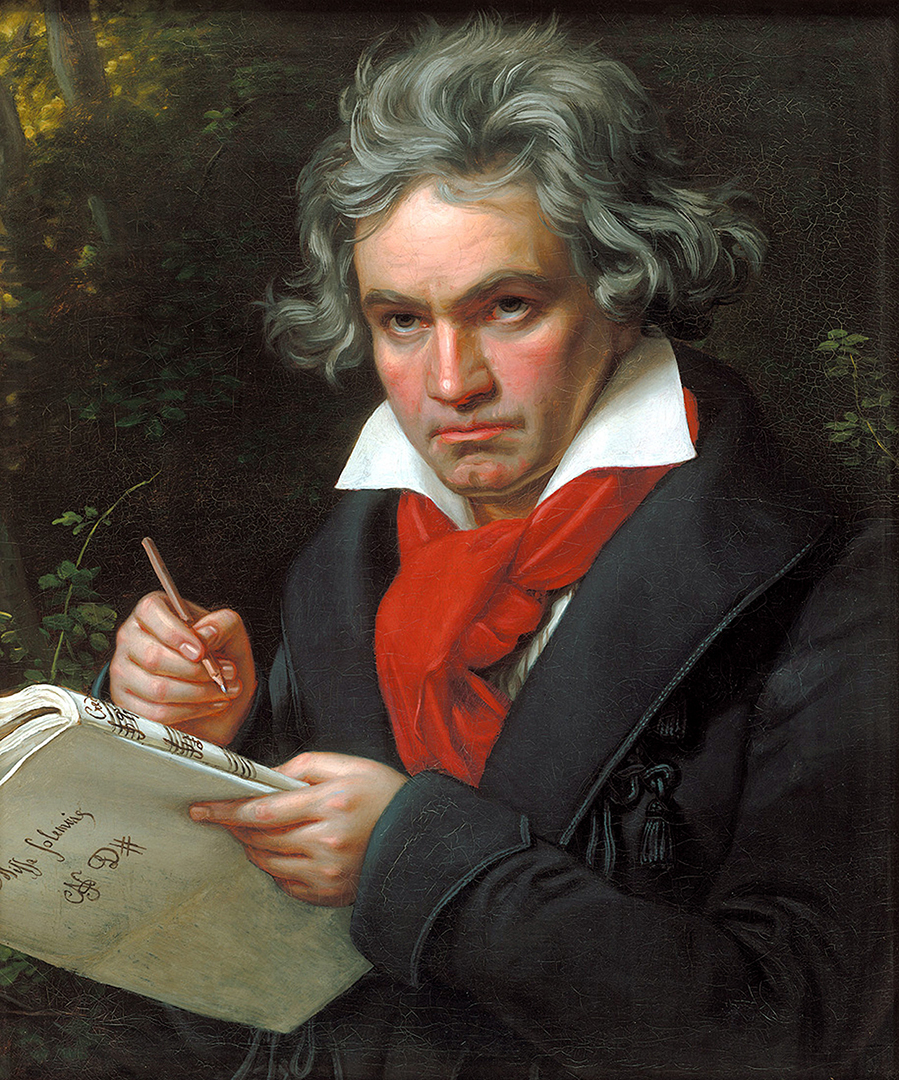
It was during this period, as Sir Ernst Gombrich said, the difference between seeing and knowing became obvious. It was not just enough to know something, but the very way of getting the knowledge itself became important. Perhaps it was during that time the micro level difference of seeing and looking was noticed and even common people understood that knowledge was gathered not by just randomly seeing anything but by looking at it rationally and intentionally. The advancement of science and technology grew rapidly during the Renaissance period, though the church authorities did not accept it and resultantly a new eye which could be called ‘Scientific eye’ emerged first among the intellectuals and artists and later among the common people too. Church architecture was showing a lot of changes from Gothic period, but during the Renaissance period, the geometric optics visualized a new world that was spiritual for church but scientific, technical and aesthetic for the artists and intellectuals.
It became so sophisticated that the artists wanted to draw what they saw in their inner eye and the people wanted to see the image of heaven inside the church through pictures, sculptures and architectural fete.
This particular visual idiom of the Renaissance, with small modifications, continued for some more time till camera conquered the world with a new visual language of black and white vocabulary. Resultantly painting had to take a deviated path from its known language of expression because camera within seconds could capture the world seen outside without much effort. Technology literally superseded and conquered both human imagination and skill, and the artists had to move to new vistas of visual language and the result was Impressionism.
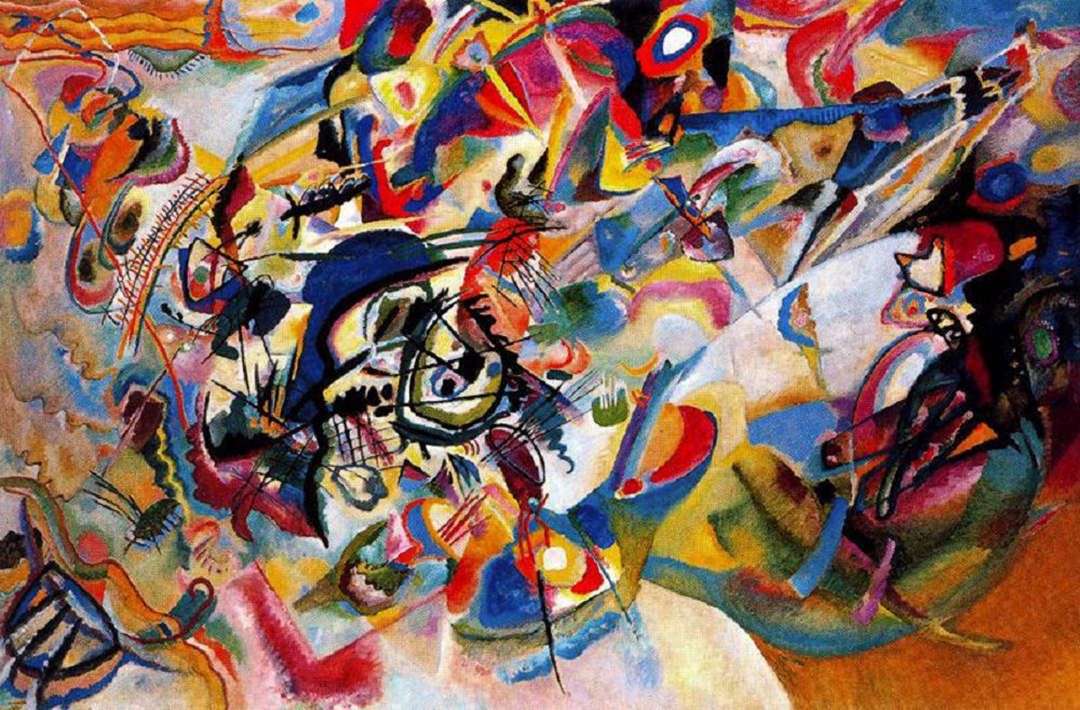
PHOTOGRAPHY
The remarkable aspect of photographic realism was its objective universality which was very easily accepted by the public and the intellectuals as visual truth. Eliminating the manual struggle to paint a picture was important and the use of camera became more of an intellectually packed work of the machine. Mechanical reproduction was a change in the human history of graphic language that got periodical improvisations, and the 21st century saw the digital language also. From black and white still-photography to the movies and from there to computer graphics was a history of the fast-moving evolution of visual language. Visual, movement, music, colour, graphics wonder etc. create a world of super-imagination and computerized digitization is so natural a process now in photography that the mixing of all elements can be compared to a symphony or a melody which is no doubt polyphonic in every aspect. All the mediums create truths and when all these are mixed together to create a sense of magnificent veracity to mold an integral sense of aesthetics.
The photographic reality in the hands of many people is very often political, saturated with social truths and hence the power centers are afraid of it. It is both true and false at the same time because technical manipulation is possible to create any story, but an expert in aesthetic manipulation can influence history and the socio-political dimension of photography. But something that is manipulated by unscrupulous people becomes sometimes as cruel and fake as it can be.
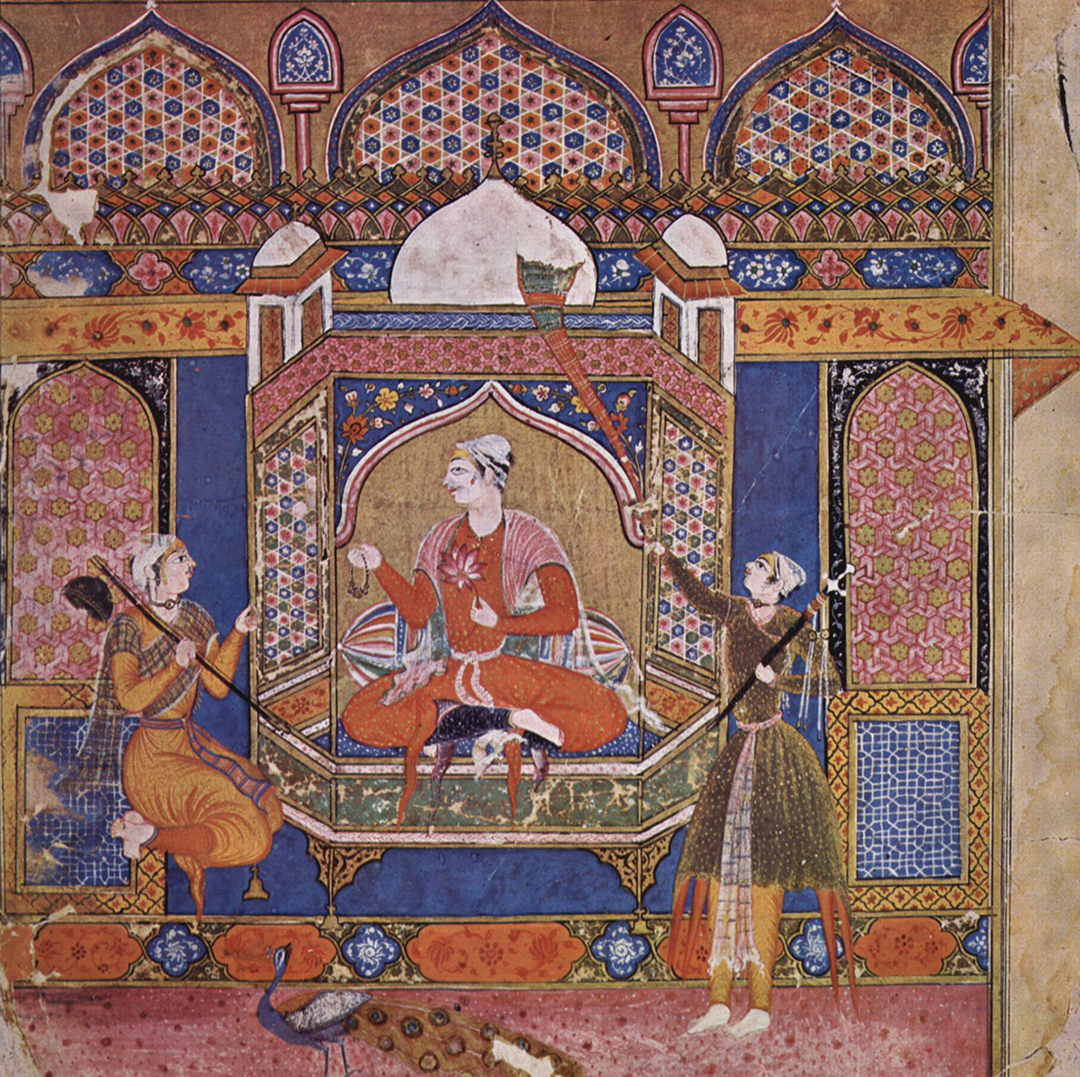
MUSIC & ABSTRACTION
Previously music was considered as an item that could be connected with theatre, dance, poetry and song. In the early 20th century when camera became very popular and later when movie camera captured the wonders of motion, a vacuum of sound was felt by technicians and artists. That was solved by adding the soundtrack in cinematography.
But by the beginning of the 20th century, Kandinsky theorized comparing music and painting. A pioneer of abstract art, Wassily Kandinsky in his famous writing ‘Concerning the Spiritual in Art’ intellectually homogenized music and art by coalescing mysticism, metaphysics, and spirituality. The relation between visual art and music according to him was inner radiance and the subject matter of a painting was unimportant if we started reading the painting in terms of the harmony of line and colour, the most important factors in painting. Painting till the 20th century mostly was considered representational, but the concept of abstract art questioned the literal content of art and Kandinsky was the main person who propagated analogies between colours, sound and music. Colour similar to abstract musical tones can express emotions which are basic instincts. The vibration ratio of the sound and colour was compared by many physicists who could feel some abstract relations between the two. The emotional sensation given by music as well as colour to a certain extent is subjective but the same in the case of its objectivity is very difficult to be proved.
Indian musicologists had their own theories from the very beginning and they systematically categorized them according to the time of the day, place, season and time. The same concept was adopted by Indian miniature painters who painted Raga and Ragini pictures. Some musical Raga are male and some others are female according to Indian psyche and this concept consequently has created harmony and oneness of apparent binaries of male and female in nature. Seasonal variations were juxtaposed on plants, animals, dramatic shadows on characters by the poets who represented them in their creative writings. The main six seasons are colourful, each is distinct in character, and similarly, the musical world too has unique traits. Ragamala paintings in India are visual music with specific iconographic features, but not abstract in nature. The Western concept of abstract art in relation with music is non-representational according to Kandinsky but Indian Ragamala paintings are representational creating a poetic mood of musical rhythm. All art forms show a tendency for some specific abstract quality, and also visual musical rhythm, and so the language varies according to context, space and time.


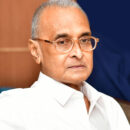
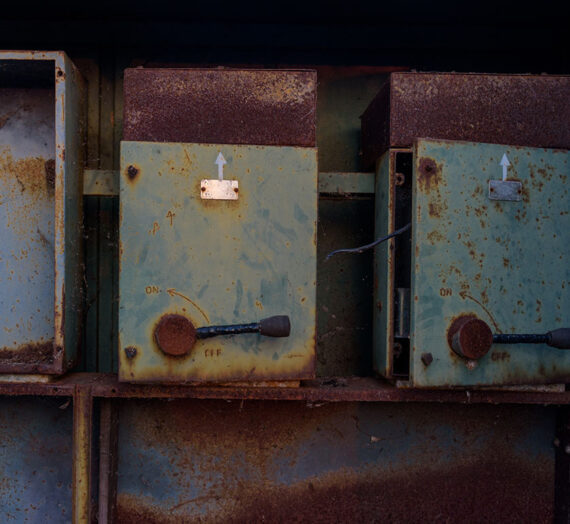
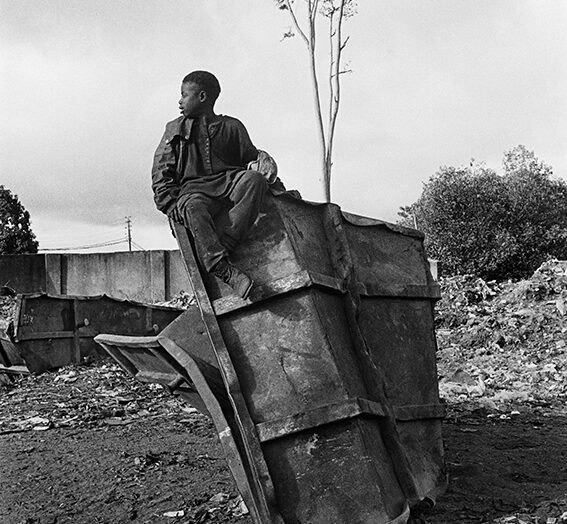

Mahesh R Pillai
Awesome. Marvelous works.
Congrats team Photomuse. Keep scaling talents and encourage brave endeavors